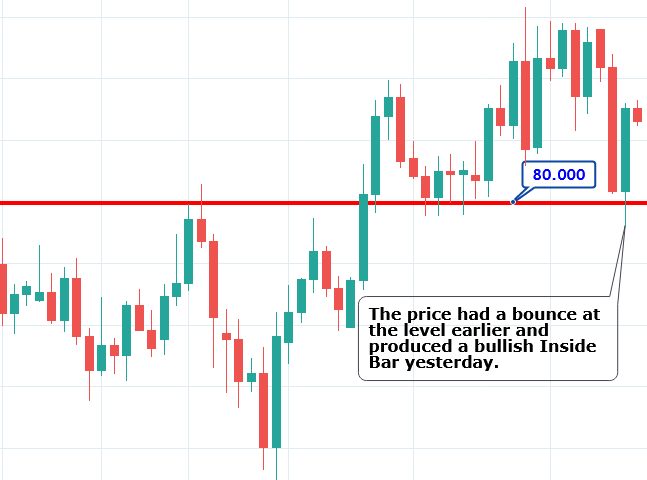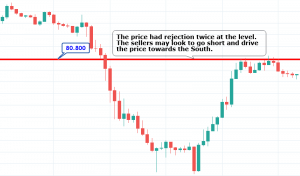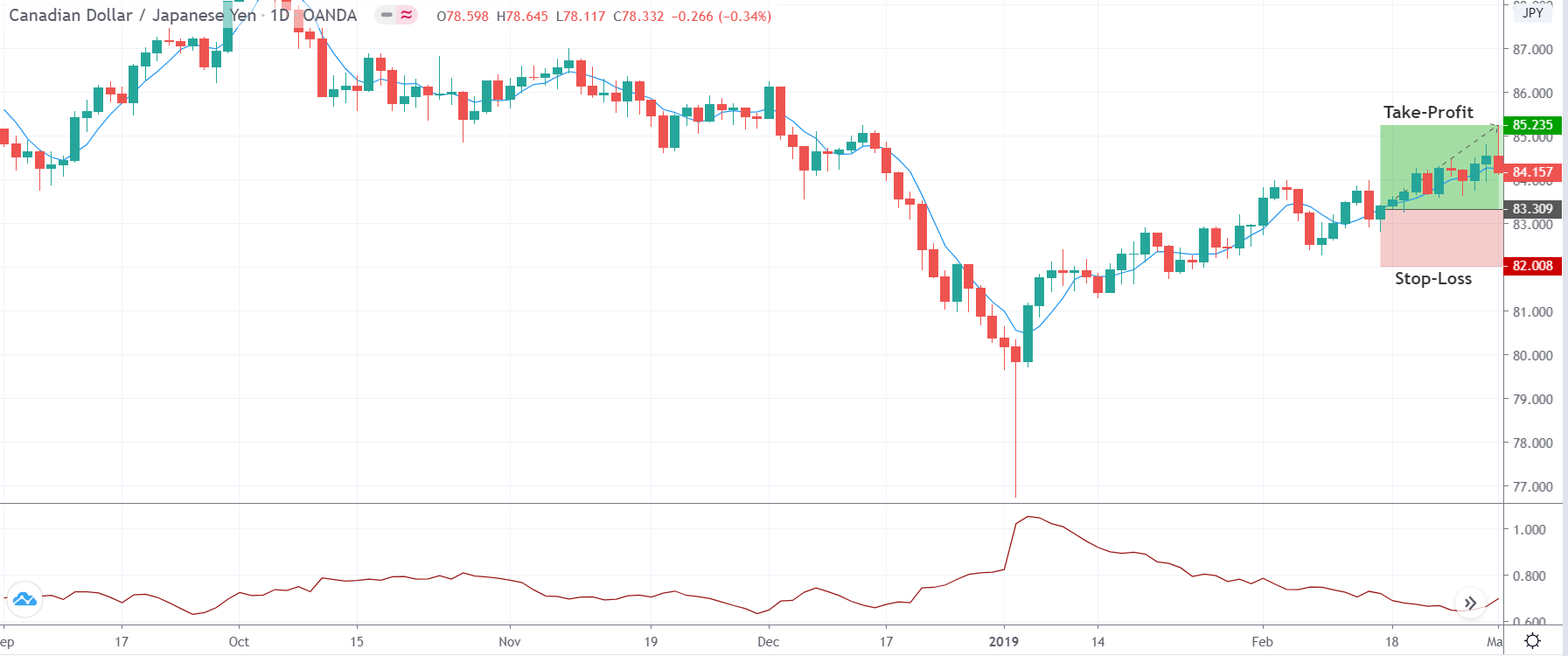In this article what I want to tell you is one of my strategies that is working well in real life using the CAD/JPY pair. Why this pair? I have chosen this pair as an example but will show you different trading systems using different currency pairs.
What is the Strategy Based On?
In a very simple system, you will know that my systems are characterized by that. The reason is that they tend to be the ones that last the longest and the most robust. You’d be amazed to see the simple systems that exist that have been producing good results for years and years.
First of all, what I’m going to show you next is a profitable, not perfect Forex trading system. The curves without falls or volatility are left to the martingales and gurus.
1.1 Criteria for entry
We will enter the market by purchasing in the CAD/JPY pair when there is an upward turn in the Accumulation Distribution indicator and the price opens below the simple moving average of 19 periods. We will do the opposite (we will enter shorts in CAD/JPY) when the AD spin is down and the price opens above the average. As I write this article we are short on this pair indeed.
1.2 Exit criteria
We will close the position we have taken provided one of these conditions is met:
1.2.1 Output per indicator
We leave the buying position when the Williams Percent Range indicator falls below the marked level (59, you can see in the chart above). We will also close our short position when it passes this level.
1.2.2 Exit by stop or profit
If the indicator has not already given us a sign of closure, we will do so when our operation reaches the loss limit of 60 pips (stop loss) or we have reached our profit target (take profit) of 220 pips. The interesting thing here is that a winning operation compensates us for more than three losing trades since when we achieve 220 pips we can lose three out of 60 and still not have lost money.

Statistics of the System
With the well-defined rules of our trading system, let’s see how it has behaved in recent years and what the main features are. Note that this system has not been optimized.
The stability in the balance line, as its name indicates, measures how the return curve behaves. Our goal is that it is as stable as possible and that there are no abrupt drops. The closer to 100 the better, so an 81.73 is good data. In addition, it is important to note that we have a sample of 300 trades so it is a significant sample. If I show you this strategy with 40 trades and it is winning, it can be a chance. Logic tells us that the larger the sample, the more reliable will be. Remember that we seek to minimize chance and bring statistics to our advantage.
It’s very important to know that you have up to 11 consecutive losing trades, but considering that the risk-to-profit ratio is 1:3, it is acceptable. One of my favorite parameters when choosing a trading strategy is the profit factor or profit factor. A PF above 1.5 is good. This ratio tells us how much our system earns when it pays compared to how much it loses when it loses. Simply put, our system on average earns more when it wins than it loses when it loses. And we’re very interested in this.
Another star point for me within a trading system is return/drawdown. Why? Because it is a yardstick to measure what has fallen the profit curve and that profit obtained. When you do real trading you don’t only care about the return, but you care about how to get that return and try to minimize these drops. A ratio of 7.48 is more than okay.
What Can We Expect from this Strategy?
Let’s see how this strategy behaves by comparing buying and short transactions. Not bad. Both when the CAD/JPY pair has maintained a trend and when the pair has steered without a clear direction the lengths and the shorts have remained stable. Now we see those falls as they are. There are no peaks too strong and they are also kept under control.
Is It a Forever Strategy?
This strategy is not the only strategy I apply and it will not last forever. It is a strategy of a portfolio of systems that I apply in an automated way in Forex. It is a portfolio that rotates with rules of connection and disconnection of systems depending on their behavior.
You must understand that there are trading systems whose statistical advantage disappears and that you must therefore stop trading. This is nothing else that stops being profitable because a certain pattern is no longer profitable. This happens on a day-to-day basis with some businesses, with trading also happening, for example, when a large number of traders exploit a method. The advantage disappears, therefore.
Instead of applying or learning the foolproof method of trading on Forex or any other asset, learn to measure what you are going to apply before, during, and after. If you can measure, you can improve, but above all, you can make informed decisions.
Is This the Best Strategy Ever?
The goal of this article is not to remove the arsenal. But it is a system that I have been applying in real life with good results. The important thing is that you understand that a simple strategy can work very well over time, that you need data to evaluate it and criteria to manage it. And that this is all just a work plan.















